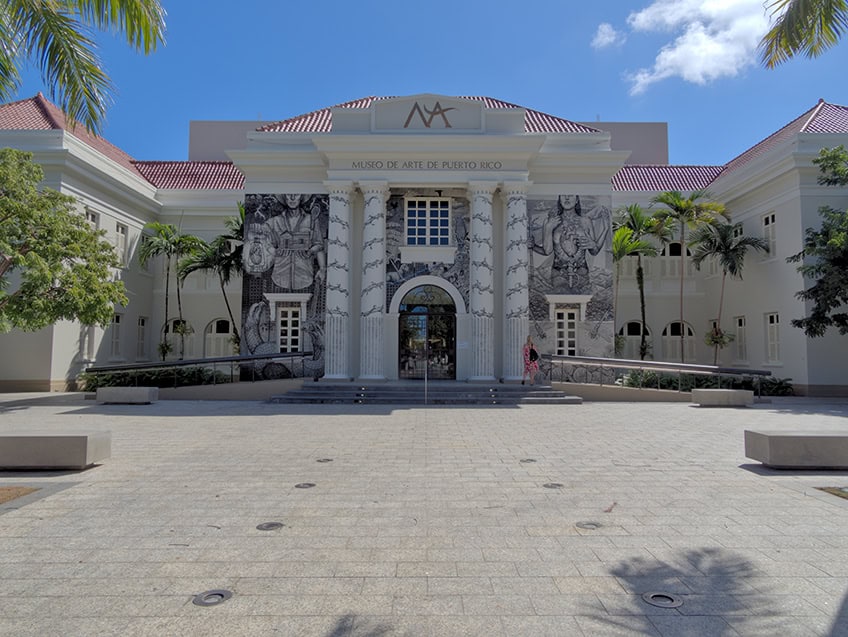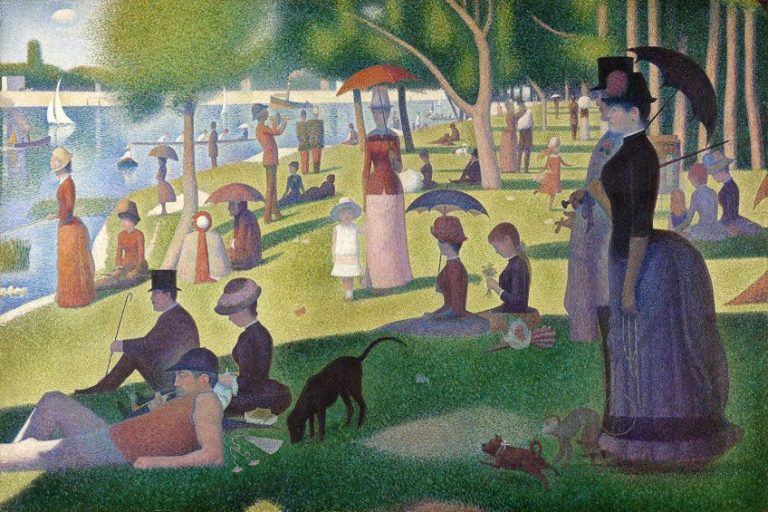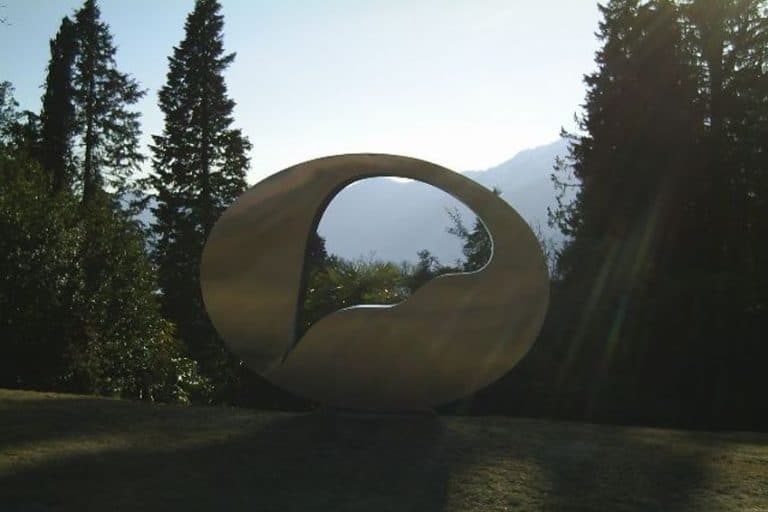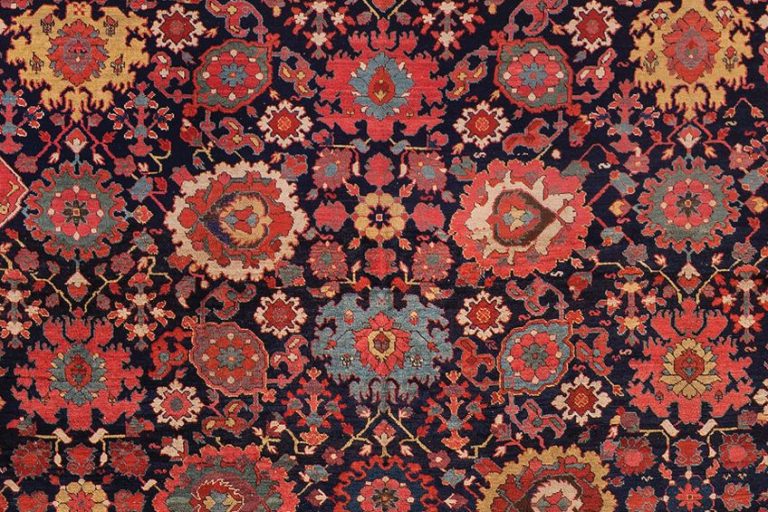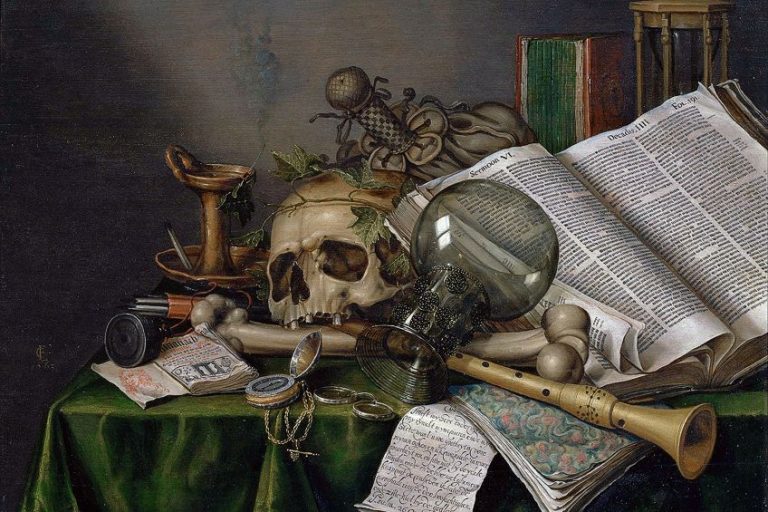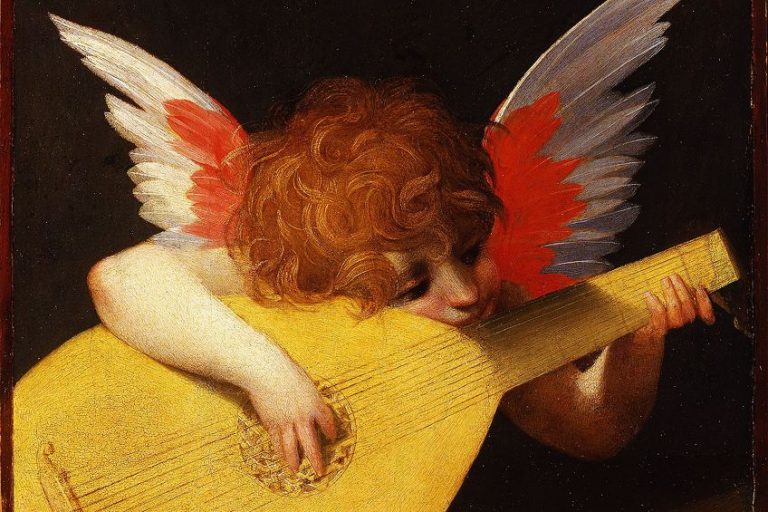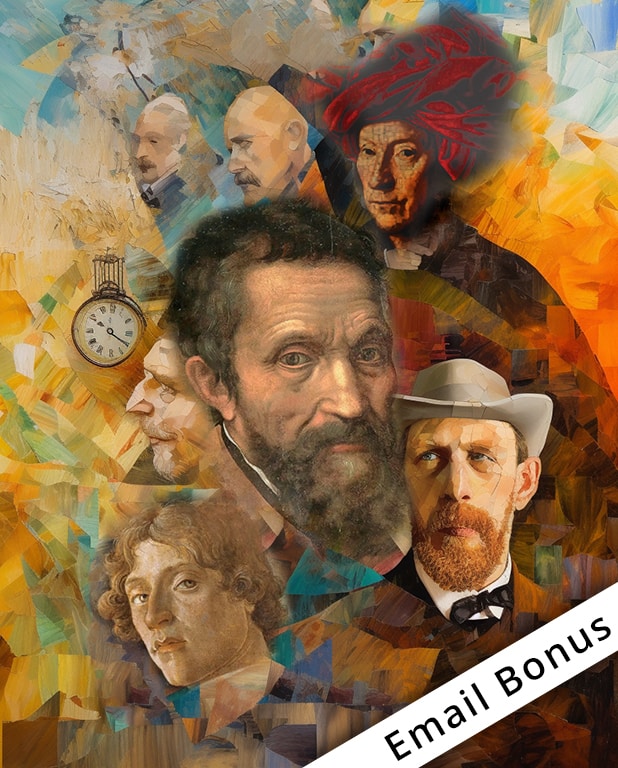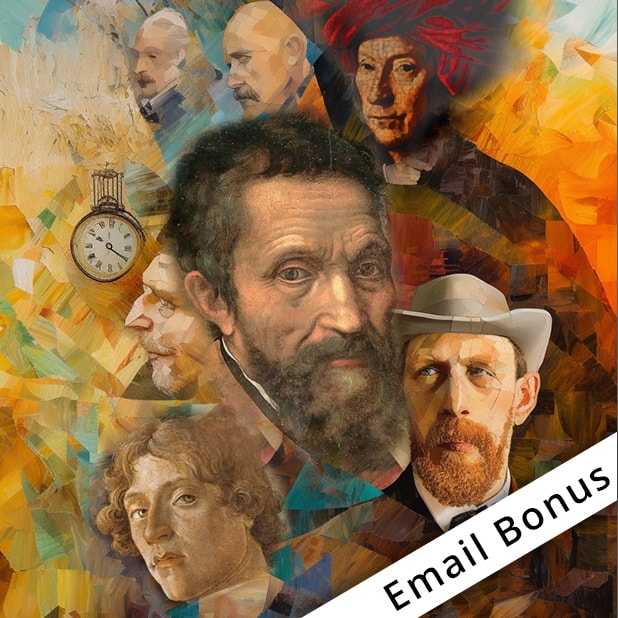Puerto Rican Art – Exploring Cultural Heritage and Influences
Puerto Rican art is a vibrant tapestry woven with the threads of the island’s multicultural heritage. From indigenous Taíno influences to the impact of Spanish colonization, the art scene reflects a unique fusion of histories and identities. Tradition and modernity coexist, showcasing a rich cultural legacy through various artistic expressions. Art in Puerto Rico encompasses a diverse range of styles and mediums, with each artist contributing to the island’s vivid creative landscape. The works of figures like José Campeche y Jordán, one of the earliest known Puerto Rican painters, highlight the island’s historical narrative through powerful visual storytelling. Street art and murals also inject dynamic energy into urban spaces, reinforcing the multicultural dialogue within Puerto Rican society. Museums and galleries across the island provide invaluable platforms for both emerging and established artists. These spaces are essential in promoting the vibrant art scene in Puerto Rico, offering audiences a window into the heart and soul of this artistic community. Whether exploring historic collections or contemporary works, the art of Puerto Rico continues to captivate and inspire.
Key Takeaways
- Puerto Rican art blends multicultural heritage with historical influences.
- Diverse styles and mediums create a vibrant art scene.
- Museums and galleries support and promote Puerto Rican artists.
Historical Context of Puerto Rican Art
Puerto Rican art reflects a rich tapestry of cultural influences, shaped by its indigenous heritage and colonial experiences. Key developments span from pre-colonial expressions through the impacts of globalization, highlighting transformative shifts in style and purpose.
Colonial and Pre-Colonial Art
Puerto Rican art originates from indigenous Taino expressions. These early artistic practices included ceramics, petroglyphs, and intricate carvings that capture the spiritual and social life of the Taino people. The arrival of Spanish colonizers in the 16th and 17th centuries introduced European techniques and themes, blending with local influences to create a unique artistic style.
During colonial times, religious art dominated, reflecting the Catholic Church’s influence. Artistic creations from this period often focused on religious iconography, with artworks displayed in churches and public spaces.
19th Century Developments
In the 19th century, Puerto Rican art saw significant transformation, driven by figures like José Campeche and Francisco Oller. José Campeche, an artist of the colonial period, became renowned for his religious and portrait paintings, blending Baroque and Rococo styles.
Francisco Oller, a pivotal 19th-century figure, introduced Impressionism to Puerto Rico. His works captured Puerto Rican landscapes and everyday life, blending European techniques with local subjects. Oller’s approach helped foster a deeper national identity through art.
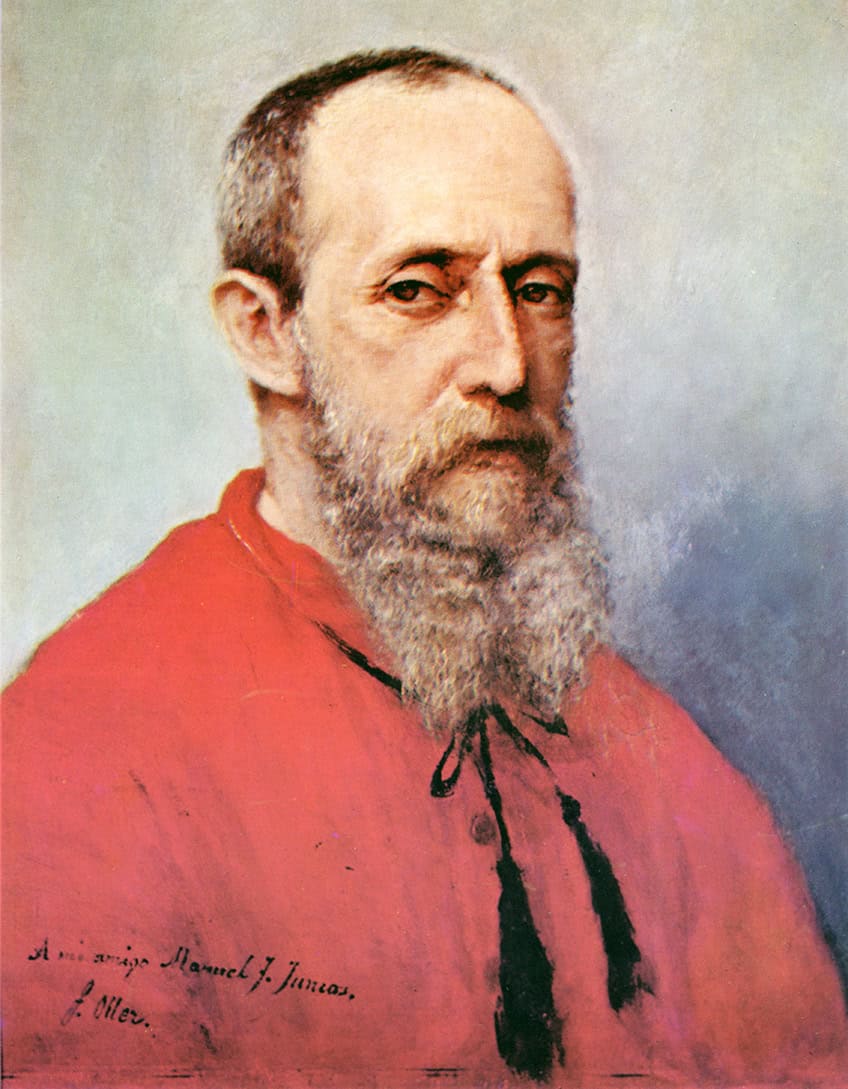
Francisco Manuel Oller, Public domain, via Wikimedia Commons
Modern Art Movement
The 20th century witnessed a vibrant evolution. Artists began embracing social and political themes, reflecting the island’s quest for identity amid changing political contexts. These themes often addressed issues like colonialism and cultural identity, echoing the broader modern art movements globally.
Artistic movements, such as those led by the Taller de Gráfica, advanced this shift. This group, spearheaded by Lorenzo Homar, produced influential works using techniques like silkscreen printing, which chronicled the island’s history and cultural struggles with a new visual language.
Contemporary Art Evolution
Contemporary Puerto Rican art showcases a dynamic blend of global and local influences. Artists today draw on traditional themes while incorporating modern techniques and mediums. This era is marked by experimentation across painting, sculpture, multimedia, and performance arts.
Contemporary artists continue to address cultural and political issues, engaging with topics like identity and globalization. These works are exhibited both locally and internationally, highlighting Puerto Rico’s ongoing dialogue within the global art community and reinforcing its standing as a vibrant cultural landscape.
Influential Puerto Rican Artists and Styles
Puerto Rican art has a rich history, encompassing diverse styles and influential figures. This section explores the foundational artists who shaped early Puerto Rican art, the rise of nationalism that inspired identity-focused works, and the modern and contemporary masters pushing artistic boundaries today.
The Foundational Figures
One of the earliest significant figures in Puerto Rican art is José Campeche, known for his masterful combination of Baroque and Rococo styles. His religious and portrait works in the 18th century laid the groundwork for future artists on the island. Campeche’s influence is apparent in the works of Miguel Pou, who carried forward the tradition of integrating European styles with local themes. Pou embraced Realism, capturing the essence of Puerto Rican life in the early 20th century. His paintings often reflect everyday scenes, connecting with the local population’s experiences and emotions.
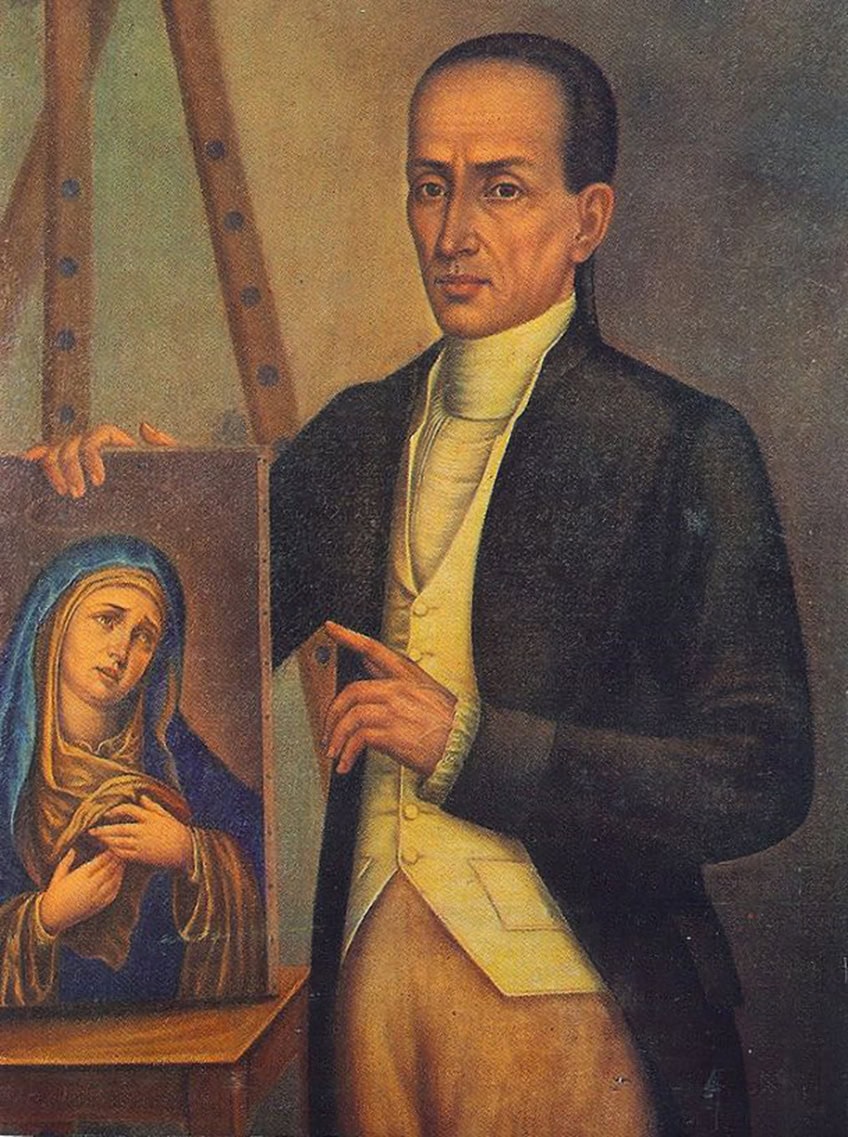
José Campeche, Public domain, via Wikimedia Commons
The Rise of Nationalism in Art
As Puerto Rico grappled with its identity in the 20th century, nationalism became a central theme in its art. Artists like Lorenzo Homar and Rafael Tufiño played pivotal roles in this movement. Homar, known for his graphic art and printmaking, emphasized Puerto Rican culture and politics. Tufiño, often referred to as “The Painter of the People,” depicted local landscapes and community life, intertwining artistic expression with cultural identity.
These artists were instrumental in portraying a sense of pride and cultural resilience, using their art to comment on social issues and political events. The nationalism narrative was crucial to the development of Puerto Rican art as it provided a platform for artists to explore and redefine their identity.
Modern and Contemporary Masters
In modern times, artists like Myrna Báez and Arnaldo Roche-Rabell have continued to innovate and challenge traditional art forms. Báez’s work incorporates elements of Impressionism, Surrealism, and even Cubism, demonstrating her versatility and influence on the Puerto Rican art scene. Her paintings often highlight the island’s natural beauty and the complexities of its social landscape.
Roche-Rabell’s contributions lie within the Abstract Expressionist Movement, where he infused his work with vibrant color and emotion, exploring themes of identity and personal narrative. These contemporary masters reflect the dynamic evolution of Puerto Rican art as they continue to break new ground and inspire future generations.
Art Forms and Genres
Puerto Rican art encompasses a variety of forms and genres, reflecting rich cultural influences and historical contexts. Among the prominent forms are paintings and sculpture, printmaking and graphic arts, and both folk art and street art. Each form highlights unique aspects of Puerto Rican culture and tradition.
Paintings and Sculpture
Puerto Rican paintings often explore themes of identity, colonial history, and cultural traditions. Works like “El Velorio” by Francisco Oller depict social and cultural elements with realism and depth. Landscapes frequently appear, showcasing the island’s lush scenery. Sculpture in Puerto Rico has a rich tradition too, with many artists experimenting with both traditional forms and modern techniques. Historical influences like the Rococo style are evident, blending with local cultural motifs.
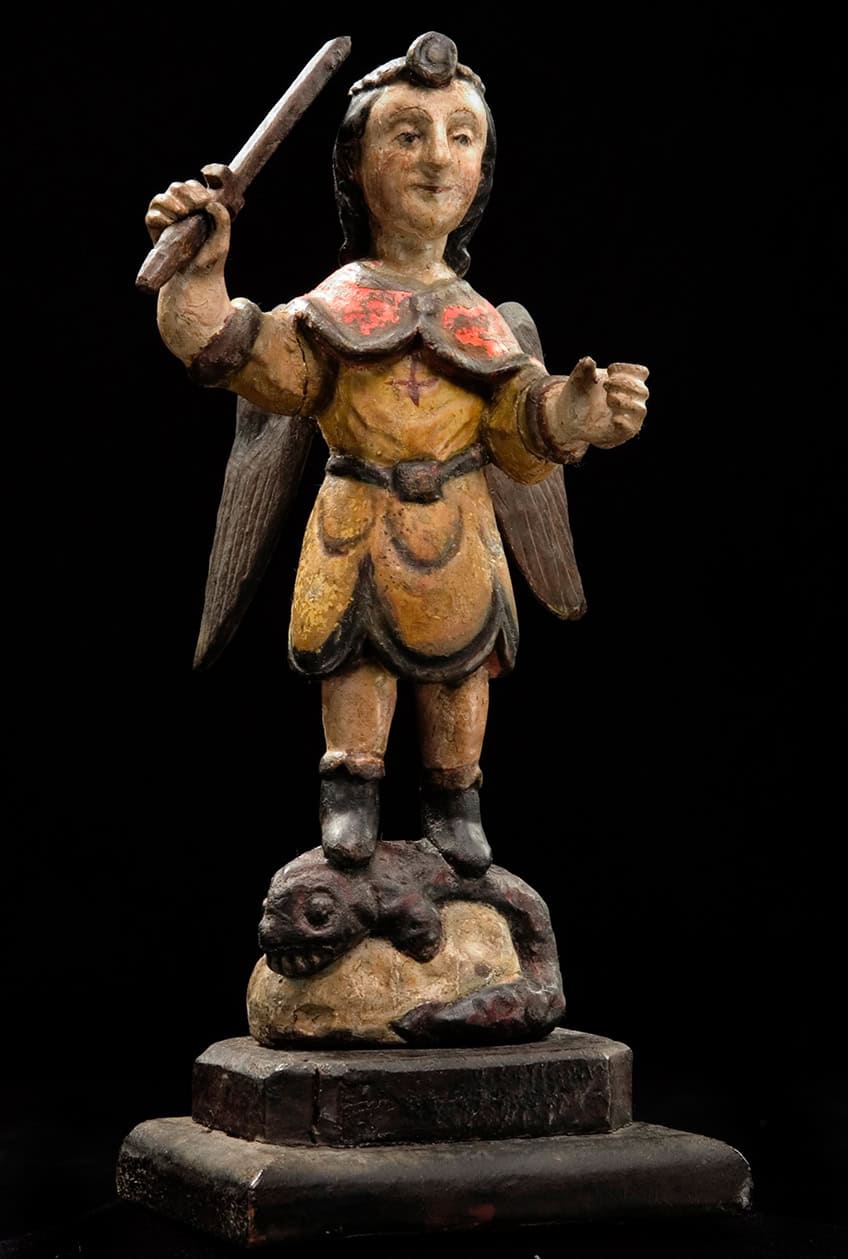
Francisco Rivera, CC0, via Wikimedia Commons
Printmaking and Graphic Arts
Printmaking is a distinguished part of Puerto Rican art, representing themes of social justice and national identity. Artists such as Lorenzo Homar and Rafael Tufiño have been instrumental in elevating the graphic arts scene. The use of vibrant colors and bold imagery is common, often addressing political issues and cultural pride. These artworks are not just visually striking but also convey powerful messages about the experiences and history of the Puerto Rican people.
Folk Art and Street Art
Folk art includes traditional crafts such as santos and caretas, reflecting religious and cultural practices. Santos are wooden carved figures of saints, while caretas are colorful masks used in festivals. Street art has gained prominence, turning urban areas into vibrant public galleries. Murals across San Juan engage viewers with themes of resistance and identity, evolving into a form of social commentary. This art form not only decorates the city but also serves as a medium for storytelling and cultural expression.
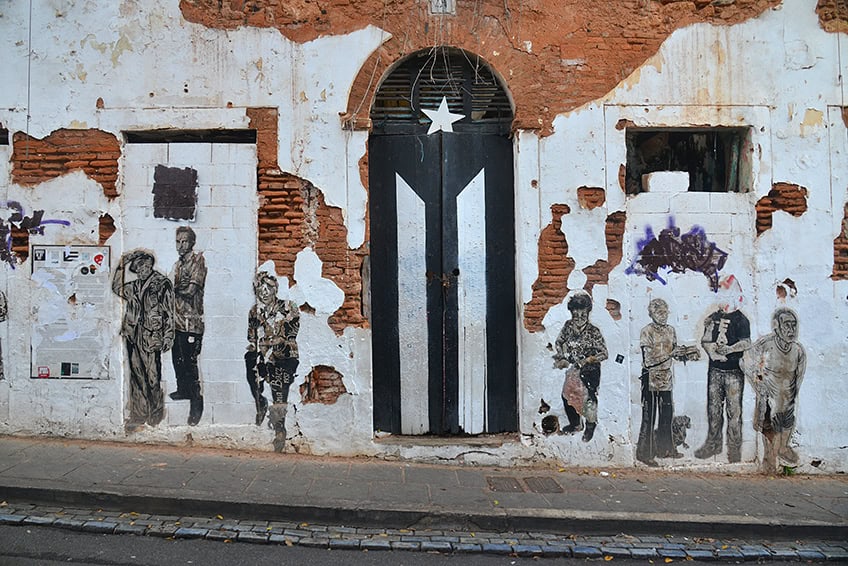
G. Edward Johnson, CC BY 4.0, via Wikimedia Commons
Themes and Symbolism in Puerto Rican Art
Puerto Rican art is a rich tapestry of themes reflecting cultural identity, social issues, and historical experiences. These elements are often intertwined, offering a comprehensive view of the island’s unique heritage and the complexities within its society.
Exploration of Identity
Puerto Rican artists have long explored the concept of identity, delving into what it means to be Puerto Rican. The fusion of Taino, African, and Spanish influences often manifests in artistic expressions, highlighting the island’s diverse heritage. Figures like Francisco Oller and Ramón Frade famously included symbols of Puerto Rican identity in their work, such as imagery of the jíbaro or rural farm worker. This exploration isn’t just about ethnicity but also encompasses the quest for self-definition within a diasporic context, as artists seek to establish a narrative that resonates both on the island and abroad.
Social and Political Commentary
Art in Puerto Rico frequently serves as a vehicle for social and political commentary. Artists address issues such as colonialism, social injustice, and political strife. Carlos Raquel Rivera, known for his surrealist and symbol-laden works, often tackled themes of oppression and colonialism.
These artworks critique societal structures, provoking thought and often galvanizing communities towards political or social change. With their unique ability to express dissatisfaction and hope, Puerto Rican artists contribute to the broader discourse on civil rights and autonomy, reflecting the island’s tumultuous history and ongoing challenges.
Cultural and Historical Representation
The representation of cultural and historical themes is prominent in Puerto Rican art, capturing the spirit and resilience of its people. From vibrant celebrations to the poignant depiction of struggle, art often celebrates cultural pride and chronicles pivotal moments in history. This includes understanding the impact of events like the Spanish-American War, which shaped the artistic portrayal of national themes. By rooting their work in historical context, artists offer insights into the cultural narratives that have forged the Puerto Rican identity. Such works not only preserve history but also inspire future generations to embrace their rich heritage.
Museums and Collections
Puerto Rico’s art scene is vibrantly represented through its prestigious museums and diverse collections. From the extensive displays in San Juan to the cultural hubs in Old San Juan, these institutions play a crucial role in preserving and showcasing Puerto Rican and Caribbean art.
Museo de Arte de Puerto Rico
Located in San Juan, the Museo de Arte de Puerto Rico stands out as one of the island’s premier art destinations. This institution boasts a vast collection that includes notable works from the 17th century to contemporary pieces. With 24 galleries, the museum showcases both permanent exhibits and rotating international exhibitions that display fine examples of Puerto Rican creativity. It’s an essential visit for those looking to engage deeply with the region’s artistic heritage.
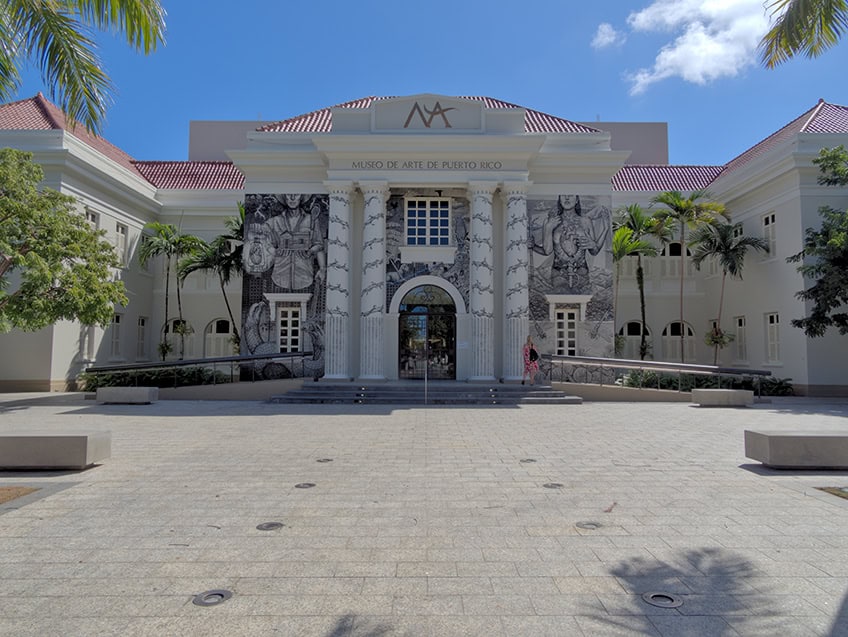
Šarūnas Burdulis, CC BY-SA 2.0, via Wikimedia Commons
Institute of Puerto Rican Culture
The Institute of Puerto Rican Culture is a crucial entity in safeguarding and promoting the island’s cultural and artistic traditions. Situated in Old San Juan, this institution manages various historical buildings, including museums that host extensive collections of art and artifacts. The institute organizes numerous cultural programs, exhibitions, and events aimed at educating the public and fostering appreciation for Puerto Rico’s rich cultural landscape. Through well-curated displays, visitors gain insight into the dynamic history and creativity of Puerto Rican artists.
Private and Public Collections
Puerto Rico’s art scene is enriched by a mix of private and public collections that highlight both historic and modern works. Many private collectors are passionate about the island’s art, contributing to the diversity of available displays. Public collections, often part of larger museums and cultural centers, enhance the visibility of both established and emerging Puerto Rican artists. These collections provide an accessible platform for artists to present their work within the broader context of Caribbean and Latin American art, reflecting the distinct cultural influences that have shaped Puerto Rico.
The Impact of Education on the Puerto Rican Art Scene
Education plays a significant role in shaping Puerto Rican art, influencing both the development of emerging artists and the preservation of traditional forms like Santeros.
Art Education and Institutions
Artistic growth in Puerto Rico is nurtured through various educational institutions and programs. Beta-Local’s La Práctica stands out for its experimental approach to art education. Founded in San Juan in 2009, it offers a flexible pedagogical structure, fostering creativity and collaboration among artists and curators.
The establishment of similar programs has significantly contributed to the island’s cultural landscape. Other art education initiatives offer skills training and mentorship, vital for nurturing local talent. These institutions also provide platforms for new artists to engage with and interpret their cultural identities through various mediums.
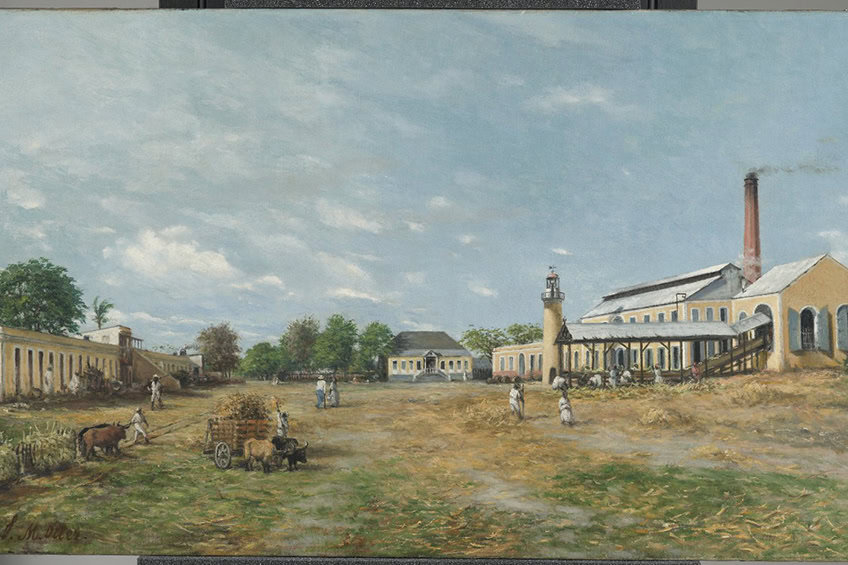
Francisco Manuel Oller, No restrictions, via Wikimedia Commons
Promoting Artistic Legacy Through Learning
The transmission of Puerto Rican artistic legacy often starts in educational settings, where traditional arts are taught alongside contemporary practices. Artists like the Santeros, who carve wooden saints, pass on these traditions through community workshops and classes. This interaction not only helps preserve cultural heritage but also allows modern reinterpretation.
Arts education plays a crucial role in instilling values related to the island’s identity and history. Programs focusing on Puerto Rican visual arts emphasize both innovation and tradition, ensuring that the unique characteristics of this heritage are maintained.
These educational efforts empower artists to create works that reflect their roots while pushing the boundaries of expression.
The Future of Puerto Rican Art
The future of Puerto Rican art is shaped by dynamic trends, the sustenance of its rich cultural tapestry, and significant global interactions. These elements are pivotal as artists navigate the complexities of identity, heritage, and innovation.
Trends in Contemporary Art
Puerto Rican contemporary art reflects a keen exploration of socio-political themes and personal narratives. Artists often focus on issues like identity, colonial history, and resilience amid natural disasters. Exhibitions such as no existe un mundo poshuracán showcase how artists respond creatively to challenges, illustrating this critical period.
A noticeable trend is the increased use of multimedia and digital platforms, enabling artists to reach wider audiences. This shift not only broadens access but also modernizes traditional expressions, blending the island’s vibrant cultural legacy with current global art movements.
Sustaining the Artistic Culture
Maintaining the thriving artistic culture on the island requires continuous support and investment from both local and international communities. Private collectors, government initiatives, and arts organizations play critical roles in funding and promoting Puerto Rican art.
Education and mentorship programs are vital for nurturing upcoming artists who will carry forward the island’s artistic traditions. Institutions often organize workshops and exhibitions that emphasize cultural legacy, encouraging young talents to engage deeply with their roots while embracing contemporary methods.
Community engagement remains integral as well. Events and festivals celebrate local creativity, providing platforms for artists to showcase their work and for citizens to connect with their heritage. This sustains a vibrant art scene that celebrates both heritage and innovation.
Global Influence and Exchange
The global influence of Puerto Rican art is evident in its rich storytelling and unique perspectives, which captivate international audiences. Exhibitions of Puerto Rican work in global cities highlight the important dialogue between Caribbean art and worldwide trends. Artists like José Campeche, known for his distinctive style, continue to inspire modern creators.
Cultural exchanges and collaborations facilitate cross-border dialogues, allowing Puerto Rican artists to interact with peers globally. This fosters a mutual understanding and influences creative processes, resulting in a tapestry of artistic diversity that enhances the global art community.
These exchanges also introduce new techniques and ideas to Puerto Rico, enriching the island’s art scene. This blend of local culture and international influences forms a dynamic, evolving canvas that continues to thrive.
Isabella studied at the University of Cape Town in South Africa and graduated with a Bachelor of Arts majoring in English Literature & Language and Psychology. Throughout her undergraduate years, she took Art History as an additional subject and absolutely loved it. Building on from her art history knowledge that began in high school, art has always been a particular area of fascination for her. From learning about artworks previously unknown to her, or sharpening her existing understanding of specific works, the ability to continue learning within this interesting sphere excites her greatly.
Her focal points of interest in art history encompass profiling specific artists and art movements, as it is these areas where she is able to really dig deep into the rich narrative of the art world. Additionally, she particularly enjoys exploring the different artistic styles of the 20th century, as well as the important impact that female artists have had on the development of art history.
Learn more about Isabella Meyer and the Art in Context Team.
Cite this Article
Isabella, Meyer, “Puerto Rican Art – Exploring Cultural Heritage and Influences.” Art in Context. February 7, 2025. URL: https://artincontext.org/puerto-rican-art/
Meyer, I. (2025, 7 February). Puerto Rican Art – Exploring Cultural Heritage and Influences. Art in Context. https://artincontext.org/puerto-rican-art/
Meyer, Isabella. “Puerto Rican Art – Exploring Cultural Heritage and Influences.” Art in Context, February 7, 2025. https://artincontext.org/puerto-rican-art/.


